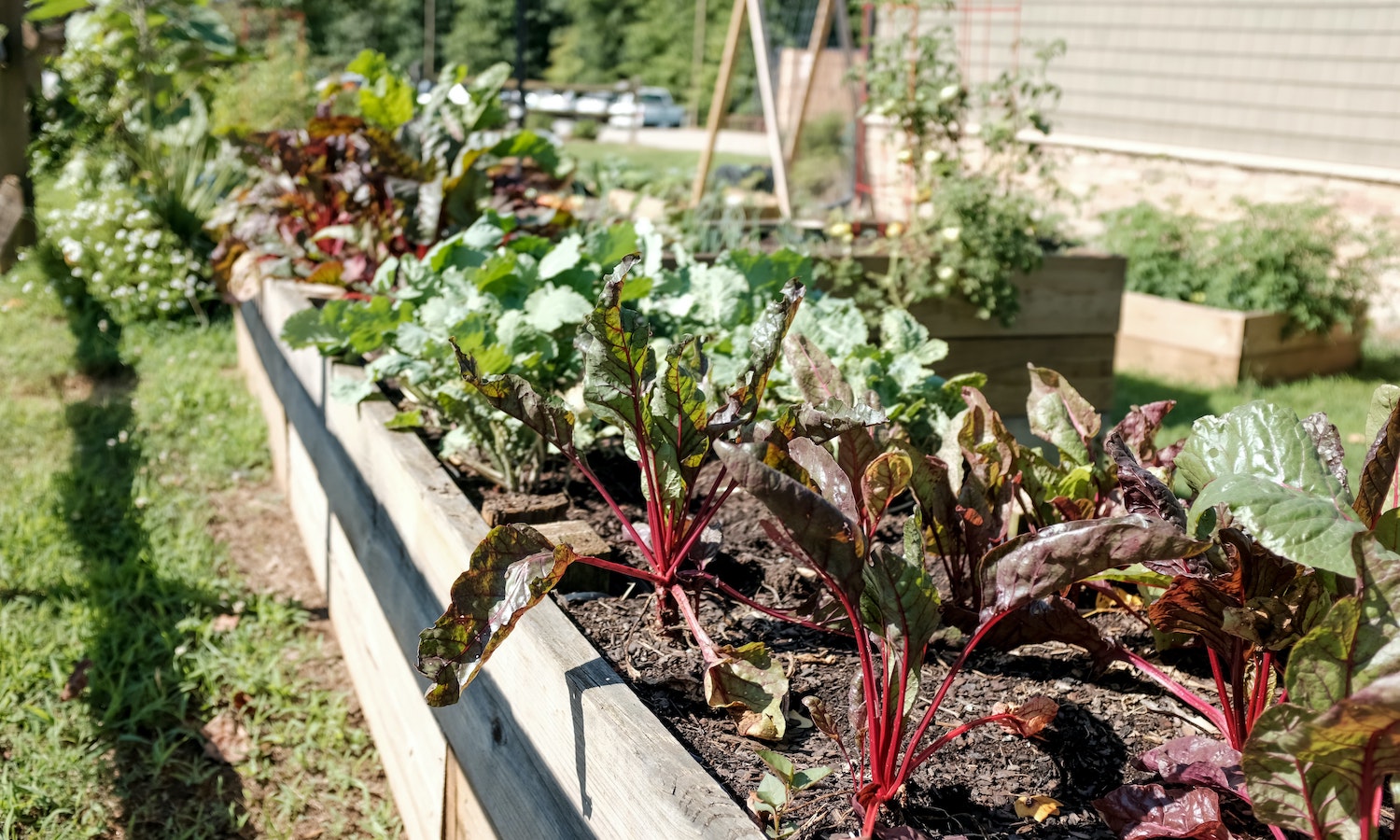In Saskatchewan, Canada, the Saskatoon Food Bank & Learning Centre’s (SFBLC) Garden Patch is an urban farming program working to strengthen both community and food security. A recent social return on investment (SROI) study reports that the project is socially and economically successful.
Since the Garden Patch’s establishment in 2010, it has produced nearly 90,718 kilograms of food. “Ninety-five percent of what we produce at the Garden Patch goes to support our Emergency Food Hamper Program in Client Services,” Graham Goff, Garden Patch Project Manager, tells Food Tank.
The Garden Patch not only provides fresh produce for clients, but it also supports the SFBLC’s Nutrition Program and Educational Workshops. These activities include cooking classes, ingredient kit distribution, and school visits. Additionally, those entering or re-entering the workforce can participate in the Work Experience Program, which is designed to enhance job skills, provide coaching, and decrease barriers to employment.
Food Banks Canada’s Hunger Count 2021 Report finds that food bank visits have increased by over 20 percent since 2019. Those located in larger urban centers, like Saskatoon, were more likely to see massive increases in need. Visits to 28 percent of food banks in Canadian urban centers more than doubled. In the face of these challenges, food banks have demonstrated enormous adaptability to shifting needs.
Establishing urban gardens is one adaptive service for food bank customers. Renee Kee, Head of Nutrition Education at Capital Area Food Bank, says urban gardens generally do not contribute enough food to sustain food banks by themselves. But they have the potential to strengthen food banks and pantries’ missions, forge stronger community ties, and create opportunities to broaden approaches addressing food insecurity.
The Garden Patch is working to achieve all of these goals for the Saskatoon community. And the SROI study from the University of Saskatchewan concludes that the program is doing so sustainably. The authors estimate that for every CA$1 invested in the Garden Patch, there is a CA$1.61 of social value returned. The social, environmental, and economic benefits of the program outweigh the costs.
Wanda Martin is an Associate Professor of Nursing at the University of Saskatchewan and co-author of the study. She tells Food Tank there are three key areas for urban farming sustainability. The farm should reduce the effects of climate change by minimizing food waste and feeding more people with that food. It should also promote employment with job training opportunities. And the urban farm should produce value-added food for the people who can afford it.
“You have to create some sort of self-sufficiency within the system,” Martin says. This circularity is what allows projects like the Garden Patch to maximize social returns from minimal input costs.
The Garden Patch strives to accomplish this by involving the whole Saskatoon community. “Countless people have attended workshops, volunteered, or taken part in the education programs we offer,” Goff tells Food Tank.
“So much of what we hope to do at the Garden Patch is demonstrate what can be done with urban agriculture, and hold open a space where people can come and take part in it,” Goff tells Food Tank.
The study views SROI as a tool for social and nonprofit organizations to justify their existence to donors and the community. For the Garden Patch, the authors argue that its SROI results are critical to demonstrate its value as a form of sustainable community development.
“I think the origins of the Garden Patch are perhaps the most important to take note of for those hoping to do something similar in their community,” Goff tells Food Tank. “A very small group of dedicated people were able to plant the seeds of this project that has blossomed to what it is today.”
Articles like the one you just read are made possible through the generosity of Food Tank members. Can we please count on you to be part of our growing movement? Become a member today by clicking here.
Photo courtesy of Jonathan Hanna, Unsplash















